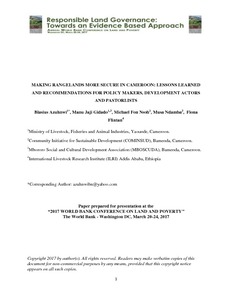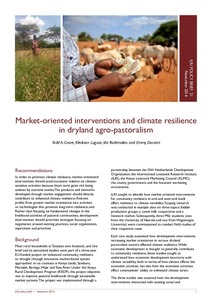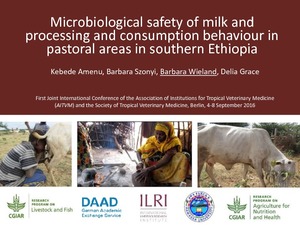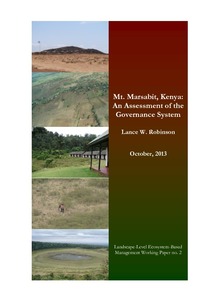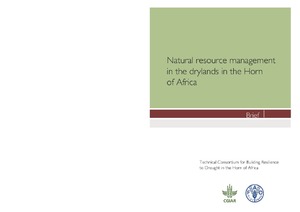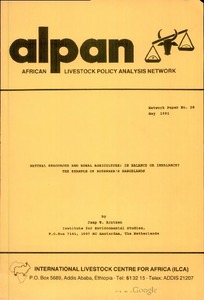Making rangelands more secure in Cameroon: Lessons learned and recommendations for policy makers, development actors and pastoralists
In Cameroon, rangelands occupy about 20 % of surface area; provide critical habitat to many animal and
plant species; offer many vital goods and services to society and are home to pastoralists, agropastoralists,
crop farmers, fishermen and hunter-gatherers, who for centuries co-existed peacefully. In
recent years this harmony is being threatened by changing land use patterns, poor land use planning and
poor recognition of ownership rights. Despite efforts by state and non-state actors to improve pastoral

